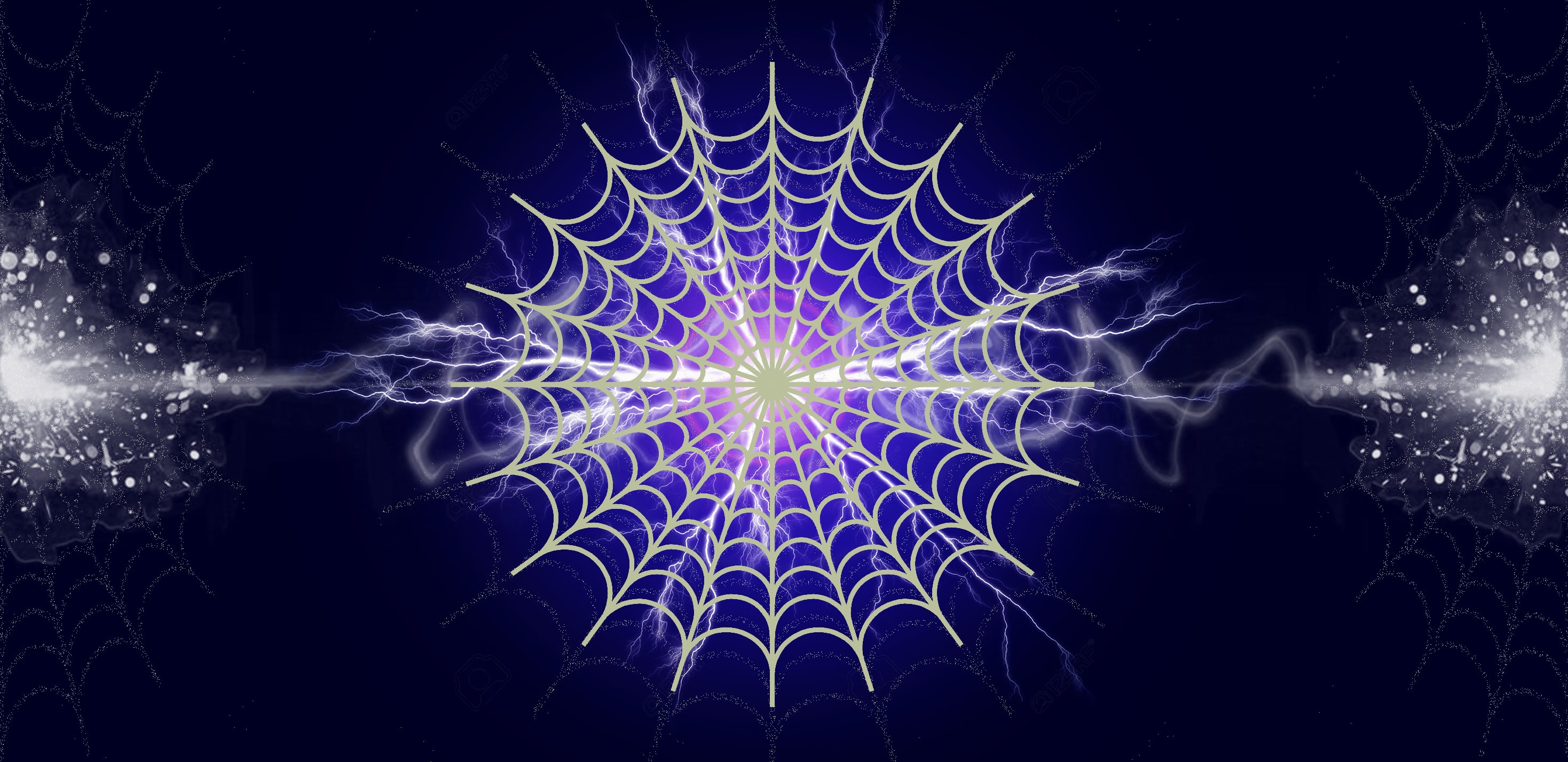
The magic of spun silk
Nature Asia Indian Express Outlook India Today IIT Kharagpur researchers use spider silk fibre to device self-powered bio-nanogenerator You can dismiss Spiderman as a figment of the imagination, but in real life, the web he spins is as powerful as its reel-life version. Spider silk fibres, which have a remarkable protein sequence structure, contain nature’s most outstanding mechanical properties. They have unrivalled elasticity along with biocompatibility and biodegradability. Using these unique properties of spider silk, scientists at IIT Kharagpur, along with a team of researchers from South Korea, have devised a piezoelectric nanogenerator that is self-powered and can harvest…
